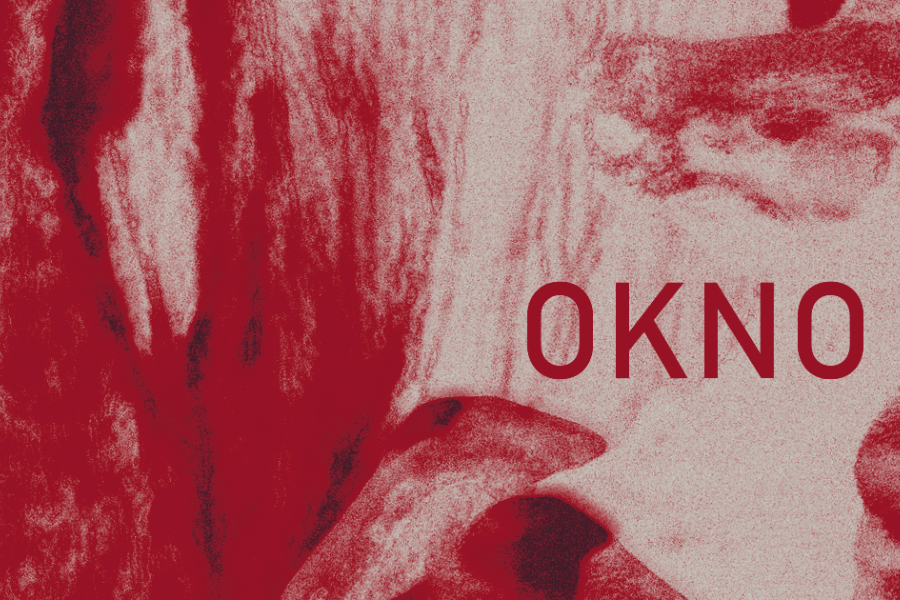Mineshaft

MINESHAFT provides insight into the practices of six young artists, with the intervention of one group of actors on the contemporary scene, highlighting the social conditions of production that form both the context of creation and the conceptual essence of the exhibited works. In a system where the artist often occupies an informal position as a worker, employer, resource, and asset, the complexity of contemporary economic structures blurs power relations on the ground.
While these terms from the domain of economics may seem restrictive, irrelevant, or distasteful as a context for placing individual works, the contemporary independent scene in Serbia exists due to the invested labor and expertise for which there is no economic justification. This system survives on the motivation of individuals and micro-communities to participate in the extraction of value from themselves. Therefore, the division between the exploiter and the exploited is insufficient. If we accept the thesis of philosopher Nicholas Vrousalis on exploitation as domination, the suppression of an individual’s ability to shape the conditions of their life,[1] we can imagine an actor on the contemporary scene, ever so inclined to self-exploitation, as a masochist.
The selected artistic practices are characterized by uncertainty about the possibility of creating without exploitation, but also by questioning the boundaries and moral weight of the very concept of exploitation. In this conception, the notions of body and earth are almost synonymous, and the artist is equally ready to exploit both. Every identity — gender, regional, relational, professional — becomes in their eyes a potential for value extraction.
A Window Without a View
The works are exhibited more as examples of ongoing practice than as separate pieces. While the artists clearly map out the mechanisms of (self-)exploitation, the exhibition emphasizes processuality, seriality, exploration, and continuous development upon previous creative and intellectual achievemnts, preventing the illusion that creation (or production) ever ceases. The experience of temporality without a finale is dominant in the works themselves. Young authors explore the historical dimensions of the system in which they find themselves and examine the ways this system produces dominant values.
Iva Dimitrijević sediments clothing that signifies normative female gender expression, with the aim of creating a performative image that separates identity from the existence of the body to which it is sewn. The result is a form that seems familiar, but insufficiently personal, and ever oriented toward the past. This almost retro aesthetic questions the expiration date of identity categories. On the other hand, Una Mladenović’s works play with the emotional potential of paradigms. In a single movement, the artist constructs and deconstructs an idealized image of home, exploring the power relations that shape the idea of family from the outside and inside. The dwelling place remains somewhere between the polygons of emotional and economic relationships.
Sanja Lazić transfers the question of inherited exploitation to the example of her hometown, seeking a unique position in relation to generations of artists who have dealt with the same theme. Her research process is characterized by an awareness of herself as a historical being and caution in navigating the space between authorship and activism. In her microcosm, we recognize the contemporary topic of an abundance of information, which in turn blocks further action, as well as the right to be a representative of a local community in a global context. Mirjana Milovanović has a diametrically opposite creative process, allowing artificial intelligence to define concepts of privacy and intimacy. She observes personal experience through the prism of her phone’s photo gallery, placing her profession as a painter at the service of processing digital data.
Ilja Simin literalizes the masochistic position of the author within the market system, inviting the viewer to join him in a plea for a grain of fame. The hypertrophied, almost trashy aesthetic corresponds to the imperative role of attention in the entertainment industry, while it contrasts with the cold bureaucratization of business contracts that shape this industry. Mateja Marković also plays with the performative role of the document, creating a layered synecdoche of the biopolitical era. The outdated scan of the artist’s body remains an equal participant in the dialogue with the artist’s contemporary presence, and will ultimately outlive it.
[1] N. Vrousalis, Exploitation as Domination, Oxford: Oxford University Press, 2023
Photo: N. Ivanović
